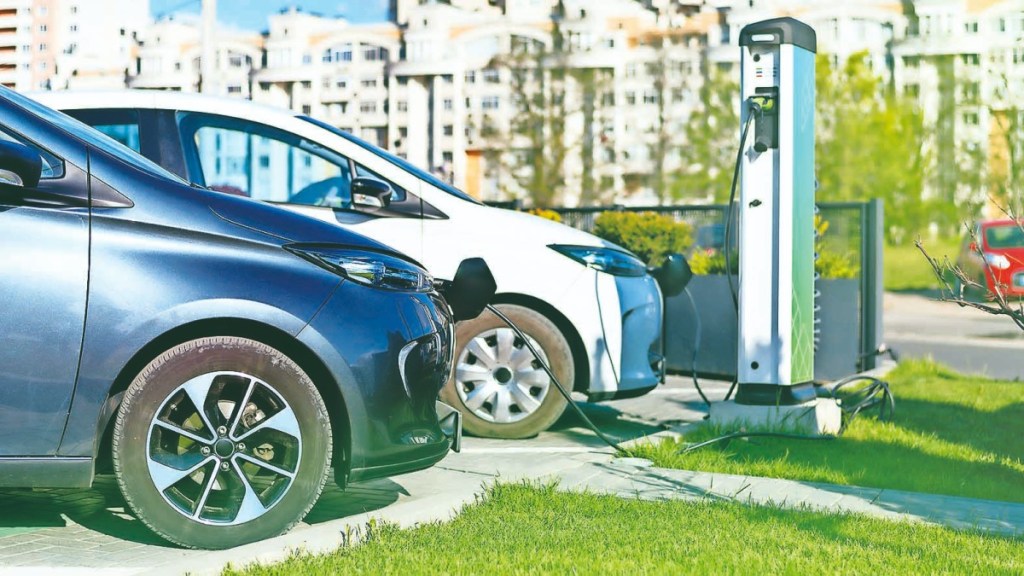By Sandeep Budki
India’s electric vehicle (EV) adoption is racing ahead, with over two million EVs sold in FY25—a sixfold jump in just four years. But while sales are surging, their higher upfront purchase price compared with petrol vehicles remains a major deterrent for mass adoption. While the government’s support for EVs through their 5% GST rate continues, EV makers can expect growing competition from small petrol and diesel cars with a 10 percentage point reduction in GST rate that will make them more affordable.
Leading automakers are intensifying their efforts to lower EV prices through battery localisation, dedicated platforms, and innovative ownership models. Government incentives and subsidies are also playing a big role in reducing the upfront cost of Evs.
“When it comes to India’s EV category, price is one way to look at the purchasing power in the market,” said Vivek Srivatsa, chief commercial officer, Tata Passenger Electric Mobility. “But the truth is the value proposition presented by a product is king when it comes to the deciding factor in the purchase.”
Path to affordability: Localisation and innovation
Tata Motors, which commands over 75% of the entry-level EV segment, has significantly narrowed the price gap between EVs and internal combustion engine (ICE) vehicles. “When we launched the Nexon.ev in 2020, its cost of acquisition was 25% higher than the equivalent ICE vehicle. Fast forward to the launch of the Nexon.ev 45, and this gap has narrowed to just 5%,” said Srivatsa. “With the Harrier.ev, we took this commitment further, pricing the premium electric SUV at an equal and even lower than the equivalent ICE version,” he added.
Anurag Mehrotra, MD, JSW MG Motor India, said, “This growing scale, combined with tech innovations in battery chemistry and increasing localisation of key components, is already bringing EV costs at par with ICE.” He added that broader adoption would not be driven by price parity alone. Greater customer awareness of long-term savings and the expansion of charging infrastructure will play a key role.
Battery costs, which account for up to 45% of an EV’s price, is the biggest lever in achieving parity. “Battery localisation remains the most critical lever. Scaling up domestic manufacturing and securing local supply chains will directly reduce costs,” Mehrotra said. Dedicated EV platforms and modular architectures would further optimise production efficiency.
Innovative ownership models such as battery-as-a-service (BaaS) are also playing a pivotal role. Coupled with a lifetime battery warranty and an assured 3–60 buyback plan have fostered consumer confidence in the longevity and resale value of these products.
Srivatsa revealed that Tata’s pricing strategy has benefited from significant localisation, reduction in battery prices and non-cell related prices. The company currently achieves 80% localisation at the Tier 1 level and is extending this into Tier 2 and Tier 3 components.
However, charging infrastructure remains a bottleneck. “Until infrastructure scales up, manufacturers will need to strike a balance between offering larger batteries and maintaining cost competitiveness in entry-level models,” Mehrotra said.

